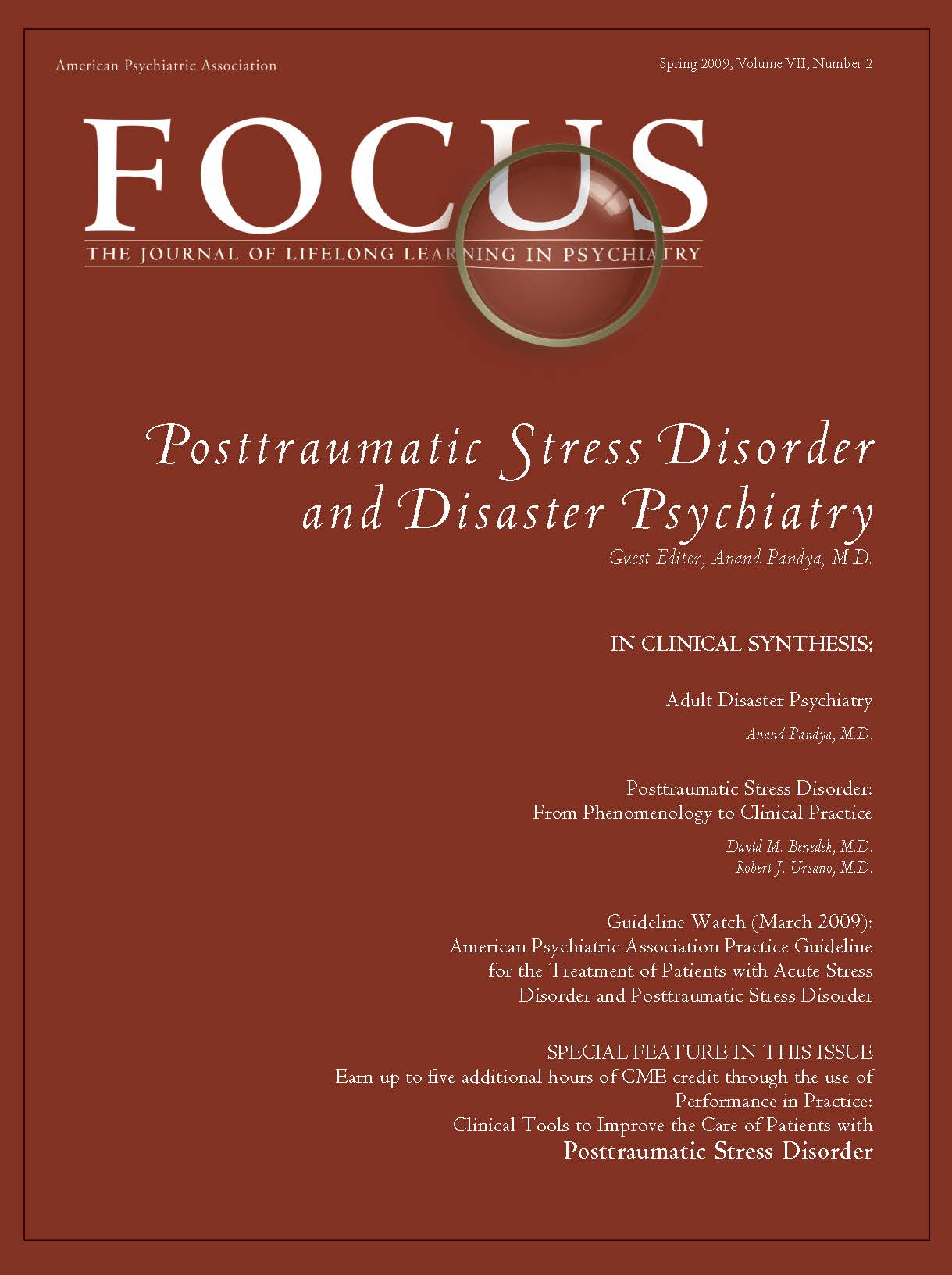A Comparison of Exposure Therapy, Stress Inoculation Training, and Their Combination for Reducing Posttraumatic Stress Disorder in Female Assault Victims
Abstract
Ninety-six female assault victims with chronic posttraumatic stress disorder (PTSD) were randomly assigned to 4 treatment conditions: prolonged exposure (PE), stress inoculation training (SIT), combined treatment (PE-SIT), or wait-list control (WL). Treatment consisted of 9 twice-weekly, individual sessions. Independent evaluations were conducted at pretreatment; posttreatment; and 3-, 6-, and 12-month follow-ups. All 3 active treatments reduced severity of PTSD and depression compared with WL but did not differ significantly from each other, and these gains were maintained throughout the follow-up period. However, in the intent-to-treat sample, PE was superior to SIT and PE-SIT on posttreatment anxiety and global social adjustment at follow-up and had larger effect sizes on PTSD severity, depression, and anxiety. SIT and PE-SIT did not differ significantly from each other on any outcome measure.
(Reprinted with permission from Journal of Consulting and Clinical Psychology 1999; 67:194–200. Available online at http://psycnet.apa.org/journals/ccp/67/2/194/)



